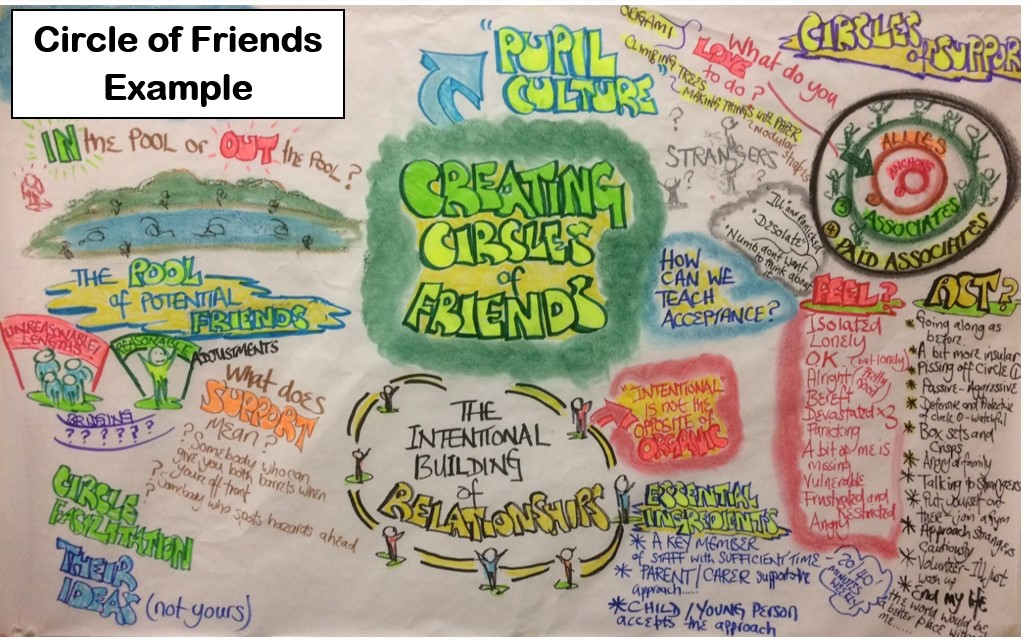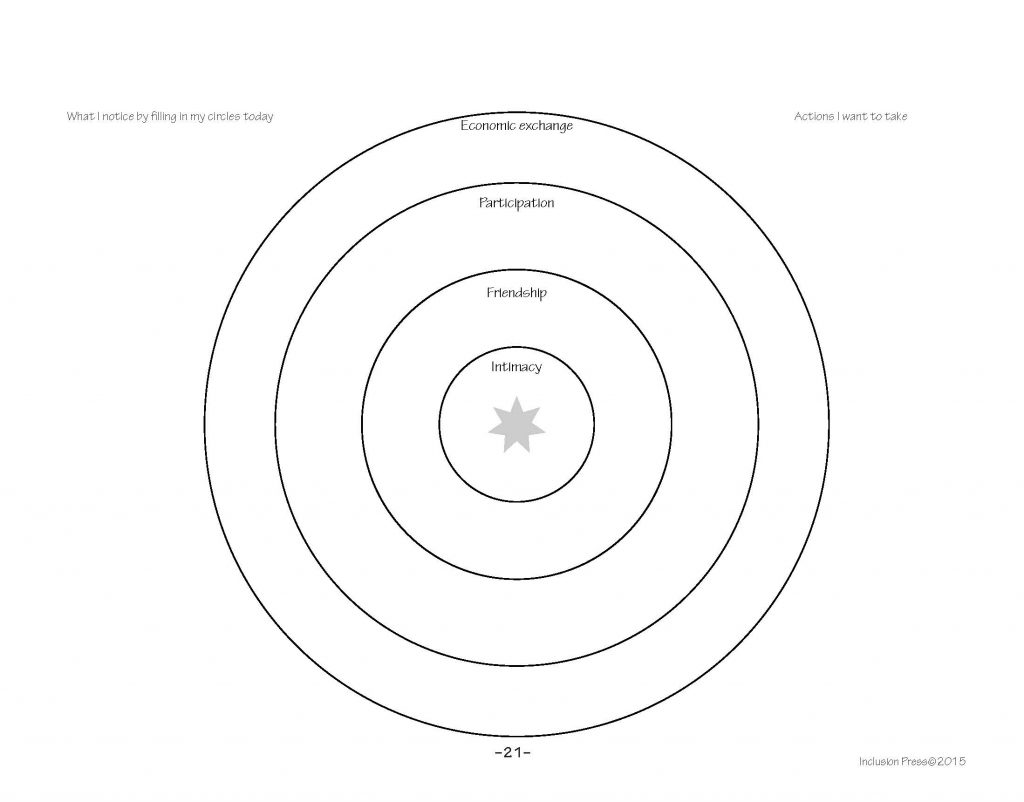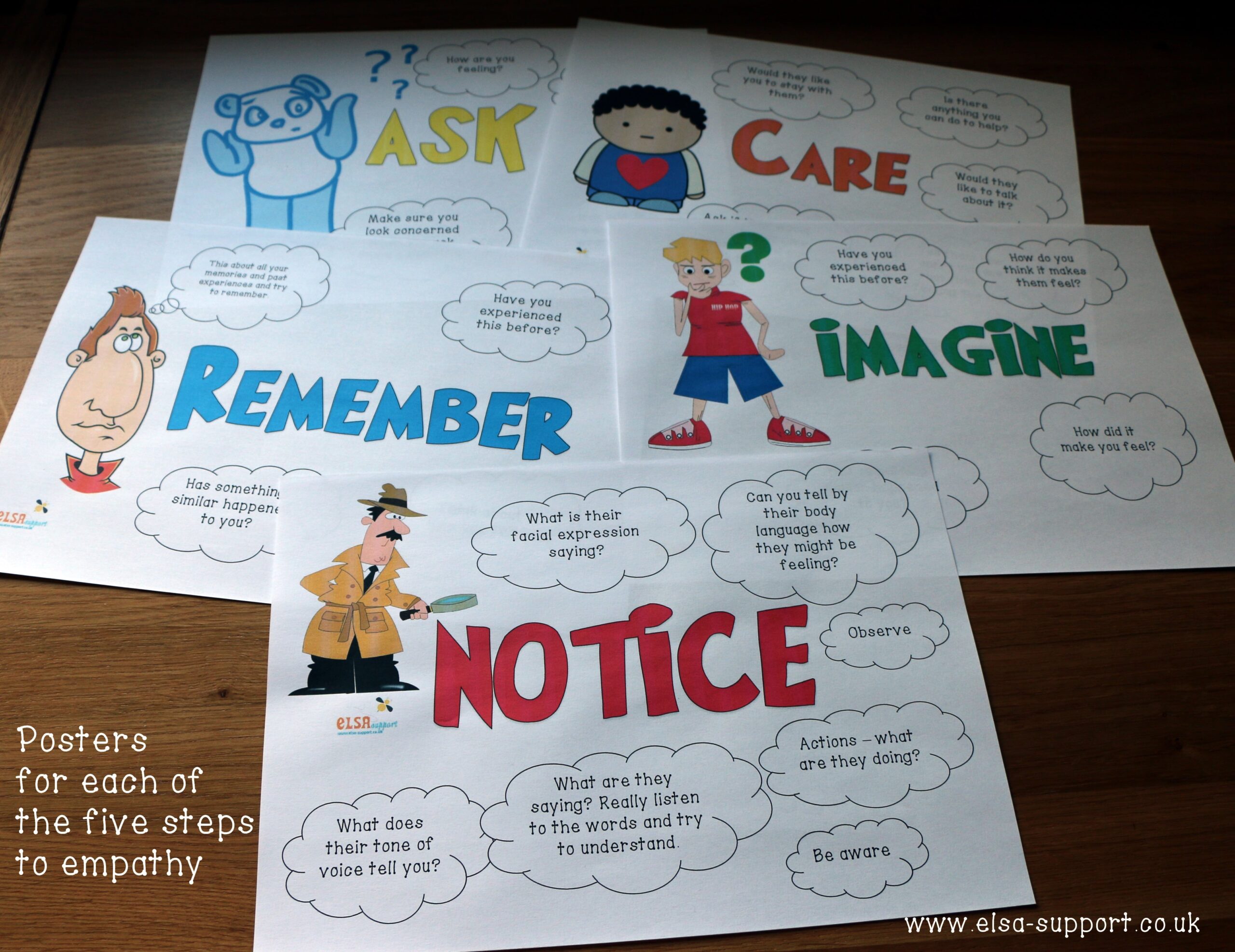
Circle of Friends an inclusive education strategy (English) YouTube
The Circle of Friends intervention. Several interventions meeting the above requirements have been developed, albeit of variable popularity. One well-known intervention is the Circle of Friends, a peer support intervention, first developed by Pearpoint, Forest, and Snow (Citation 1992), and then described by Newton, Taylor, and Wilson (Citation 1996)..

Circle Of Friends, Autism Resources, Anti Bullying, Language Skills, Special Needs, Inclusion
Circle of Friends is about building a peer network to support a challenging or vulnerable child / young person who may be experiencing difficulties in forming friendships perhaps due to a disability, behavioural, social or emotional development need. View supporting training film clip 'Why Create a Circle of Friends' here. Circle of Friends.

Intervention Services New Beginnings Intervention
"Circle of Friends" (CoF) is an active educational approach to develop a support network around a vulnerable focus child. Taylor (1997) states that the approach consists of a whole-class session which culminates in peers volunteering to partake. This is followed by weekly circle meetings (attended by the focus child, volunteer

Circles of Friendship Circles curriculum, Curriculum, Lesson
This study investigated the "Circle of Friends" intervention effect on friendship of the third and the fourth grade students with and without disabilities in inclusive classrooms (N=88). The.

Intervention. weeklydevotion
The 'Circle of Friends' intervention is aimed primarily at improving the inclusion of children with challenging behaviour, disability or personal concerns within mainstream schools. It works by gathering the student's peers in a circle of friendly support to help the young person with their problem solving. This approach can also be.

Intervention Where Are They Now? Intervention Cast Today
Circle of friends is an approach to enhancing the inclusion, in a mainstream setting, of any young person ( known as 'the focus child'), who is experiencing difficulties in school because of a disability, personal crisis or because of their challenging behaviour towards others. The 'circle of friends' approach works by mobilising the.

Circle of Friends Tools for schools
Circle of Friends is an intervention, developed by Pearpoint et al., (1992), that aims to develop a support network of friendships around an individual who may be experiencing isolation from their peer group. This individual is referred to as the 'focus' pupil. Circle of Friends is an inclusive intervention which enlists the support of

FRIENDS intervention planning Item 162 Elsa Support Friend Friendship, Group Work
Circle of Friends® was Developed by scholars/practitioners at the Central Union for the Welfare of the Aged at Helsinki University in the early 2000s. It is a group rehabilitation model for older people, who experience loneliness from time to time or perhaps every day. The aim is to alleviate and prevent loneliness.

FRIENDS (friendship) intervention planning Item 162 ELSA Support Friendship issues
For instance, teachers can intervene to foster friendships (e.g. Circle of Friends program; see also Hassani et al. 2021), form positive social behaviour or arrange contacts (e.g. through school.

Drug & Alcohol Intervention in Bay Area, CA — Full Circle
Circles of Friends Pack. £38.00. Watch the full interview HERE. The Circle of Friends is a recognised approach to try and enhance the inclusion of any child that may be having difficulties in school due to disability, personal crisis or challenging behaviour. The approach works by utilising peers to provide support and engage in problem.

Circle Of Support Worksheet Printable Worksheet Template Riset
What is Circle of Friends. Circle of Friends (CoF) is a form of Peer Mediated Intervention (PMI). PMI is defined as a treatment approach in which typically developing peers are trained to implement behavioral interventions and facilitate social skills development in special needs populations. It has been identified as an established treatment.

FRIENDS (friendship) intervention planning Item 162 ELSA Support
One well-known intervention is the Circle of Friends, a peer support intervention, first developed by Pearpoint, Forest, and Snow (1992), and then described by Newton, Taylor, and Wilson (1996). The intervention involves the formulation of a network of social support for these students so that they feel accepted by their peers.

The Circle of Security Intervention Enhancing Attachment in Early ParentChild Relationships
The circle of friends intervention was initially developed in Canada to facilitate the deinstitutionalization of people with disabilities transitioning to their local communities. Circle of friends was subsequently applied to supporting the inclusion of pupils with special needs in their local mainstream schools (Forest & Lusthaus, 1989 ).
Intervention Current Events Books
ABSTRACT This research synthesis investigates studies that evaluated a well-known intervention, the Circle of Friends (CoF) - which seeks to promote the inclusion of socially neglected students. The aim of the review is two-fold; first, to identify the intervention's variant applications and, second, to record what evidence-based outcomes have been reported. A systematic literature search.

Circle of Relationship a counseling intervention for confucianasian adult Third Culture Kids
An effective intervention using these approaches to improve the well-being of lonely older people is the "Circle of Friends" (7, 19) developed and run by The Finnish Association for the Welfare of Older People. According to Hawkley & Cacioppo [6], it may be the only form of intervention that is also effective for preventing adverse health.

(PDF) The Circle of Friends intervention a research synthesis
This research synthesis investigates studies that evaluated a well-known intervention, the Circle of Friends (CoF) - which seeks to promote the inclusion of socially neglected students. The aim of the review is two-fold; first, to identify the intervention's variant applications and, second, to record what evidence-based outcomes have been reported. A systematic literature search including.